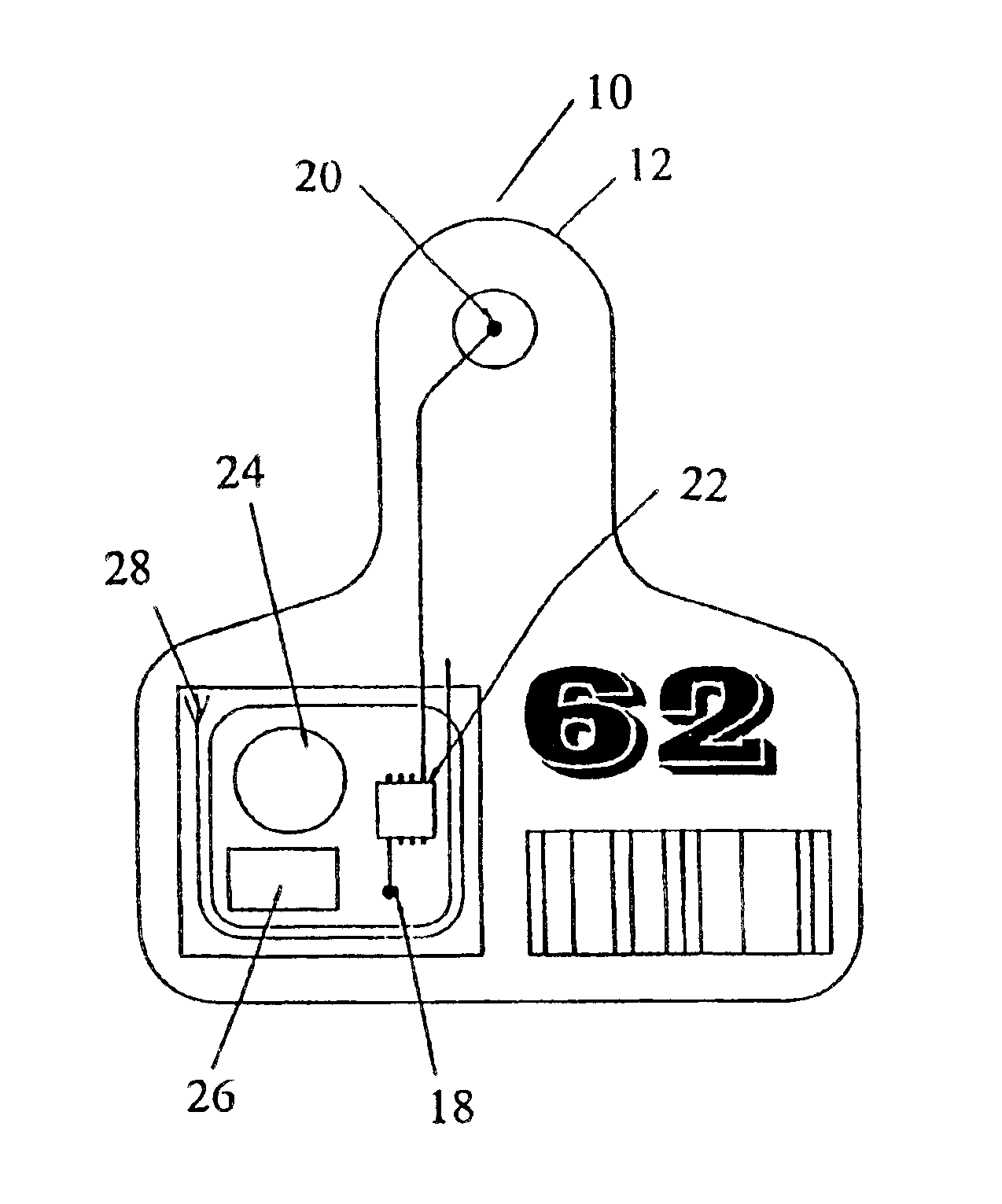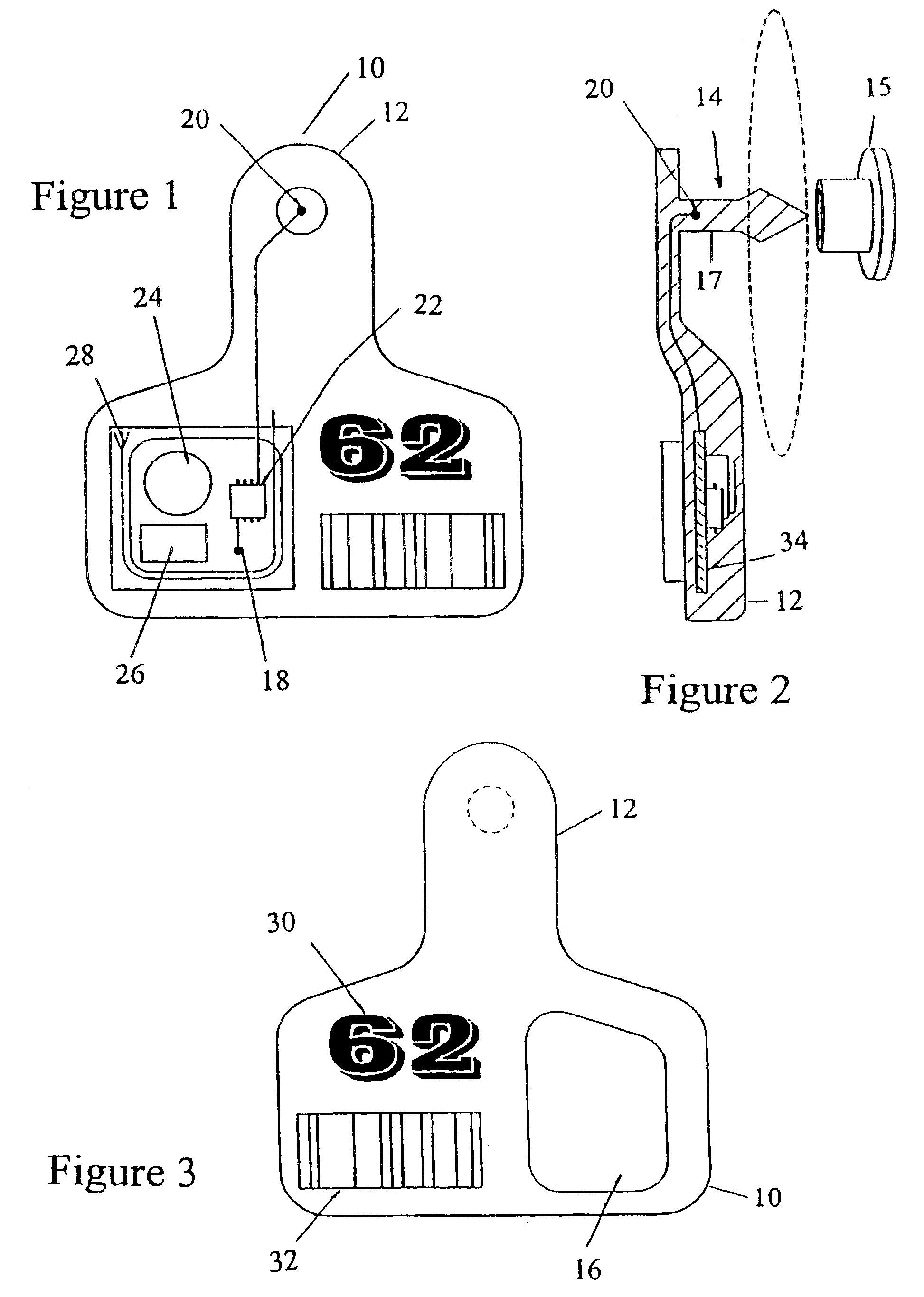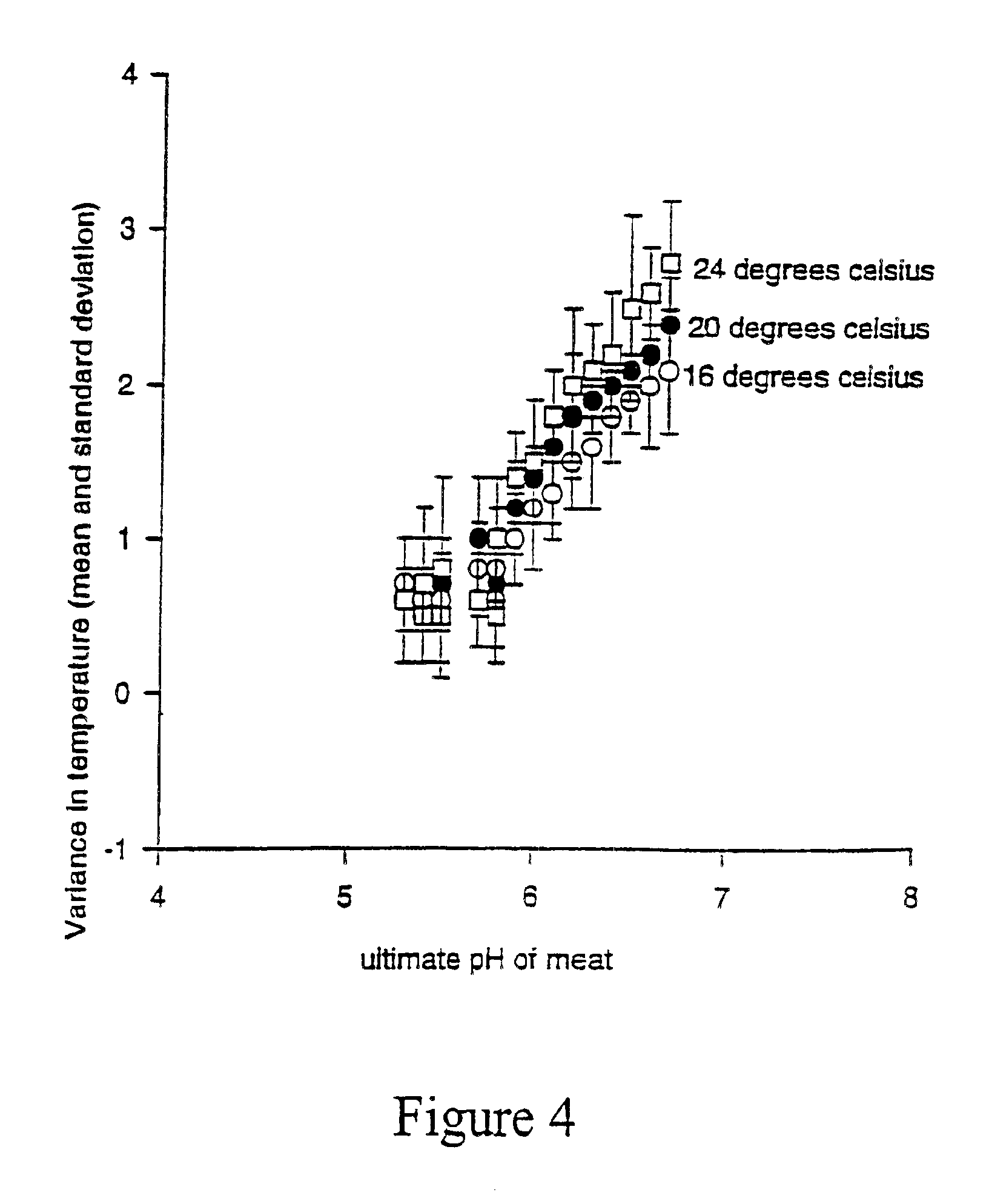Determining meat quality of a live animal
a live animal and meat quality technology, applied in the direction of material thermal analysis, material testing goods, testing food, etc., can solve the problems of multi-million dollar losses to the primary meat sector, increase in ph. ph values over 5.8, poor meat quality
- Summary
- Abstract
- Description
- Claims
- Application Information
AI Technical Summary
Benefits of technology
Problems solved by technology
Method used
Image
Examples
example 1
Data were obtained in the following manner:
Three groups of twenty prime bulls (18 months of age) were exposed to periods of stressful handling during a 24 hour period lead up period to slaughter.
During this time skin temperature from the ear of each individual animals was measured every 10 minutes. From this an average was calculated and the cumulative variance measured by adding each individual measure difference from the average.
Cumulative variances were then plotted against individual ultimate pH values obtained post-slaughter from meat. Variance values against a set ultimate pH value are presented as an average and standard deviation.
Each group of animals was exposed to a different controlled ambient temperature of 16, 20 or 24 degrees Celsius for the trial period.
In each case the correlation coefficient r2 was greater than 0.90 for variance in temperature predicting ultimate pH of meat.
FIG. 4 presents data for the relationship between variance in temperature and ultimate pH of ...
example 2
20 Adult sheep were subjected to various stressors including rounding up, lairage and transport in the 24 hours prior to slaughter. Ear skin measurements were made during this time, every 15 minutes. For each animal, measurements were averaged over the 24 hours and then for each measured point a variance from mean score was given using degrees celsius above or below the mean.
The greatest total individual variance was ranked numerically as 10 and the others normalised as a dividend of this. These variances were then correlated with the ultimate pH obtained from the meat of the slaughtered animals. The results are shown in FIG. 5 which shows relationship of variance in skin temperature around a mean value over 24 hours in sheep correlated against their ultimate pH. The correlation coefficient is displayed. This data suggests that in sheep, as for cattle, measurement of variation in skin or body temperature over a period prior to slaughter can predict the ultimate meat quality.
example 3
A group (14) of adult sheep being monitored developed respiratory and parasitic infections. Monitored ear skin temperatures showed good correlation (correlation coefficient of 0.81) with rectal temperatures in terms of fever peaks and return to normal body temperatures with treatment.
The data plotted in FIG. 6 supports the notion that ear skin or ear canal temperature can be used to measure pathophysiological states that have accompanying febrile symptoms and recovery from these states.
PUM
| Property | Measurement | Unit |
|---|---|---|
| time period | aaaaa | aaaaa |
| time period | aaaaa | aaaaa |
| temperature | aaaaa | aaaaa |
Abstract
Description
Claims
Application Information
 Login to View More
Login to View More - R&D
- Intellectual Property
- Life Sciences
- Materials
- Tech Scout
- Unparalleled Data Quality
- Higher Quality Content
- 60% Fewer Hallucinations
Browse by: Latest US Patents, China's latest patents, Technical Efficacy Thesaurus, Application Domain, Technology Topic, Popular Technical Reports.
© 2025 PatSnap. All rights reserved.Legal|Privacy policy|Modern Slavery Act Transparency Statement|Sitemap|About US| Contact US: help@patsnap.com



